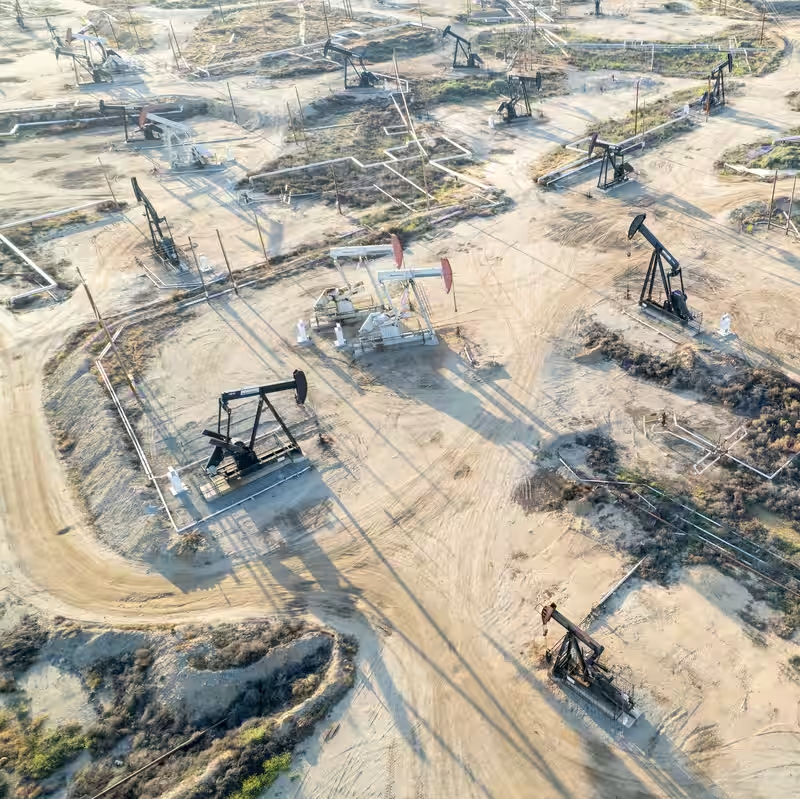Oil Prices Crash 19%—Good for Drivers, Bad for Drillers
Drivers across the U.S. are breathing a sigh of relief at the pump—but oil companies aren’t celebrating. Crude oil prices have plunged nearly 19% so far in 2025, marking one of the sharpest annual drops in recent memory. The drop stems from a rare imbalance: robust global supply meeting sluggish demand growth.
For everyday Americans, the benefits are immediate. National average gasoline prices have fallen by over 30 cents per gallon since January, with some states seeing prices dip below $3.00—a welcome reprieve amid persistent inflation concerns.
Why Are Oil Prices Falling?
Three key forces are driving the decline:
- Record U.S. production: American oil output has hovered near 13.5 million barrels per day—the highest in history—thanks to expanded drilling in Texas and New Mexico.
- Weak global demand: Economic slowdowns in China and parts of Europe have reduced industrial fuel consumption.
- OPEC+ discipline fraying: Despite earlier production cuts, some member nations have quietly exceeded quotas to boost revenue.
“It’s a classic case of too much oil chasing too few buyers,” said Elena Rodriguez, an energy economist at Columbia University.
Oil Prices: 2024 vs. 2025 (Year-to-Date)
| Metric | Jan–Oct 2024 | Jan–Oct 2025 | Change |
|---|---|---|---|
| Avg. Brent Crude Price | $86/barrel | $70/barrel | ↓19% |
| U.S. Gasoline Avg. | $3.48/gallon | $3.15/gallon | ↓9.5% |
| U.S. Oil Production | 13.2M bpd | 13.5M bpd | ↑2.3% |
| Global Demand Growth | +1.1M bpd | +0.4M bpd | ↓64% |
Consumers Win—For Now
Lower oil prices translate directly into cheaper fuel, shipping, and even airfare. AAA reports that U.S. drivers saved an estimated $5.2 billion in fuel costs through September 2025 compared to the same period last year.
“Every time I fill up, it’s $10 less than it was in spring,” said Marcus Lee, a delivery driver from Atlanta. “That adds up fast.”
But the Energy Sector Is Under Pressure
While consumers cheer, oil producers are feeling the squeeze. With breakeven costs averaging $55–$65 per barrel for U.S. shale, many firms are operating on razor-thin margins—or at a loss.
Smaller drillers in the Permian Basin have already begun cutting staff and delaying new wells. Even giants like ExxonMobil and Chevron have signaled caution, trimming 2026 capital expenditure forecasts during recent earnings calls.
“This isn’t sustainable for the industry long-term,” warned James Keller, an analyst at Rystad Energy. “If prices stay below $70 into 2026, we could see consolidation, bankruptcies, and job losses.”
What’s Next for Oil Prices?
Analysts are divided. Some believe prices will stabilize as global growth rebounds in late 2025. Others warn that if U.S. production keeps rising—and if China’s property crisis deepens—oil could test $60 by year-end.
One wildcard: geopolitical tensions. Any disruption in the Middle East or sanctions on major exporters like Russia could quickly reverse the trend.
The Bigger Energy Picture
Ironically, falling oil prices may also slow the clean energy transition. Cheaper gasoline reduces the economic incentive to switch to EVs or invest in efficiency—potentially undermining climate goals.
“Low oil is a double-edged sword,” said Dr. Priya Mehta, a climate policy expert. “It eases household budgets today but risks locking in fossil dependence tomorrow.”




